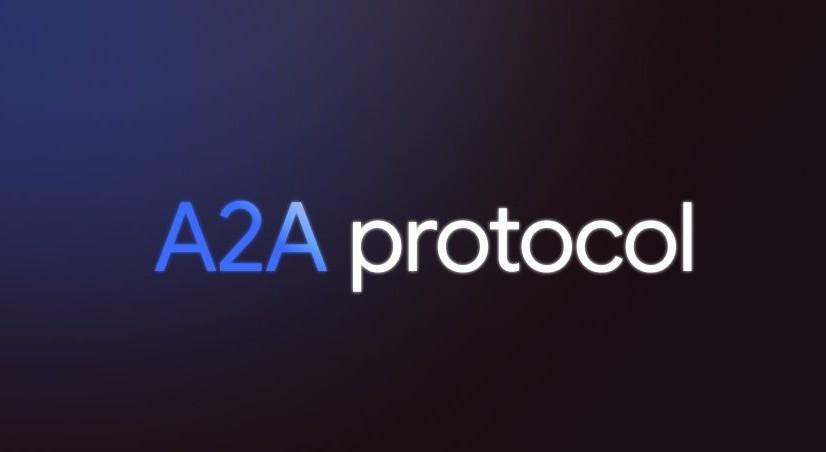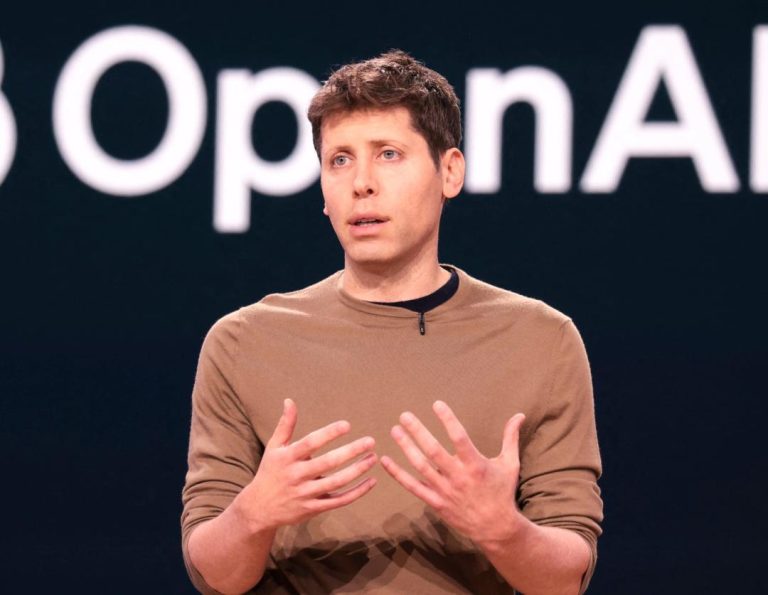
Google Launches A2A Protocol to Enhance AI Agent Synergy
In a significant breakthrough, Google has launched Agent2Agent (A2A), an open-source protocol designed to enable AI agents from various systems to work together seamlessly. This innovative protocol allows AI agents to communicate with each other, securely exchange information, and coordinate actions over various enterprise platforms or applications. With A2A, developers can now build agents capable of connecting with any other agent built using the protocol, marking a new era of agent interoperability.
What is A2A Protocol?
A2A is an open-source protocol developed by Google to facilitate communication between AI agents from different systems. This protocol enables agents to exchange information, coordinate actions, and work together to achieve common goals. A2A is designed to be flexible, scalable, and secure, making it an ideal solution for a wide range of applications, including customer service, inventory management, and supply chain optimization.
Benefits of A2A Protocol
The A2A protocol offers several benefits to developers, businesses, and organizations. Some of the key advantages include:
- Interoperability: A2A enables AI agents from different systems to communicate and work together seamlessly, regardless of the platform or application they are built on.
- Security: A2A protocol ensures secure communication between AI agents, using encryption and authentication mechanisms to prevent unauthorized access.
- Scalability: A2A is designed to be scalable, allowing it to handle large volumes of data and high-traffic applications.
- Flexibility: A2A protocol is flexible and can be used in a wide range of applications, from customer service to supply chain management.
- Open-source: A2A is an open-source protocol, making it freely available for developers to use, modify, and distribute.
How A2A Protocol Works
The A2A protocol works by enabling AI agents to communicate with each other using a standardized messaging format. This format includes a set of predefined messages and protocols that allow agents to exchange information and coordinate actions. The protocol is designed to be flexible and adaptable, allowing it to be used in a wide range of applications and scenarios.
Use Cases for A2A Protocol
The A2A protocol has a wide range of use cases, including:
- Customer Service: A2A can be used to enable AI-powered customer service chatbots to communicate with each other and provide seamless customer support.
- Inventory Management: A2A can be used to enable AI-powered inventory management systems to communicate with each other and optimize inventory levels.
- Supply Chain Optimization: A2A can be used to enable AI-powered supply chain management systems to communicate with each other and optimize logistics and transportation.
- Healthcare: A2A can be used to enable AI-powered healthcare systems to communicate with each other and provide personalized healthcare services.
Conclusion
Google’s A2A protocol marks a significant breakthrough in AI agent synergy, enabling AI agents from different systems to work together seamlessly. The protocol offers several benefits, including interoperability, security, scalability, flexibility, and open-source availability. With A2A, developers can now build agents capable of connecting with any other agent built using the protocol, making it an ideal solution for a wide range of applications.
News Source:
https://developers.googleblog.com/en/a2a-a-new-era-of-agent-interoperability/






